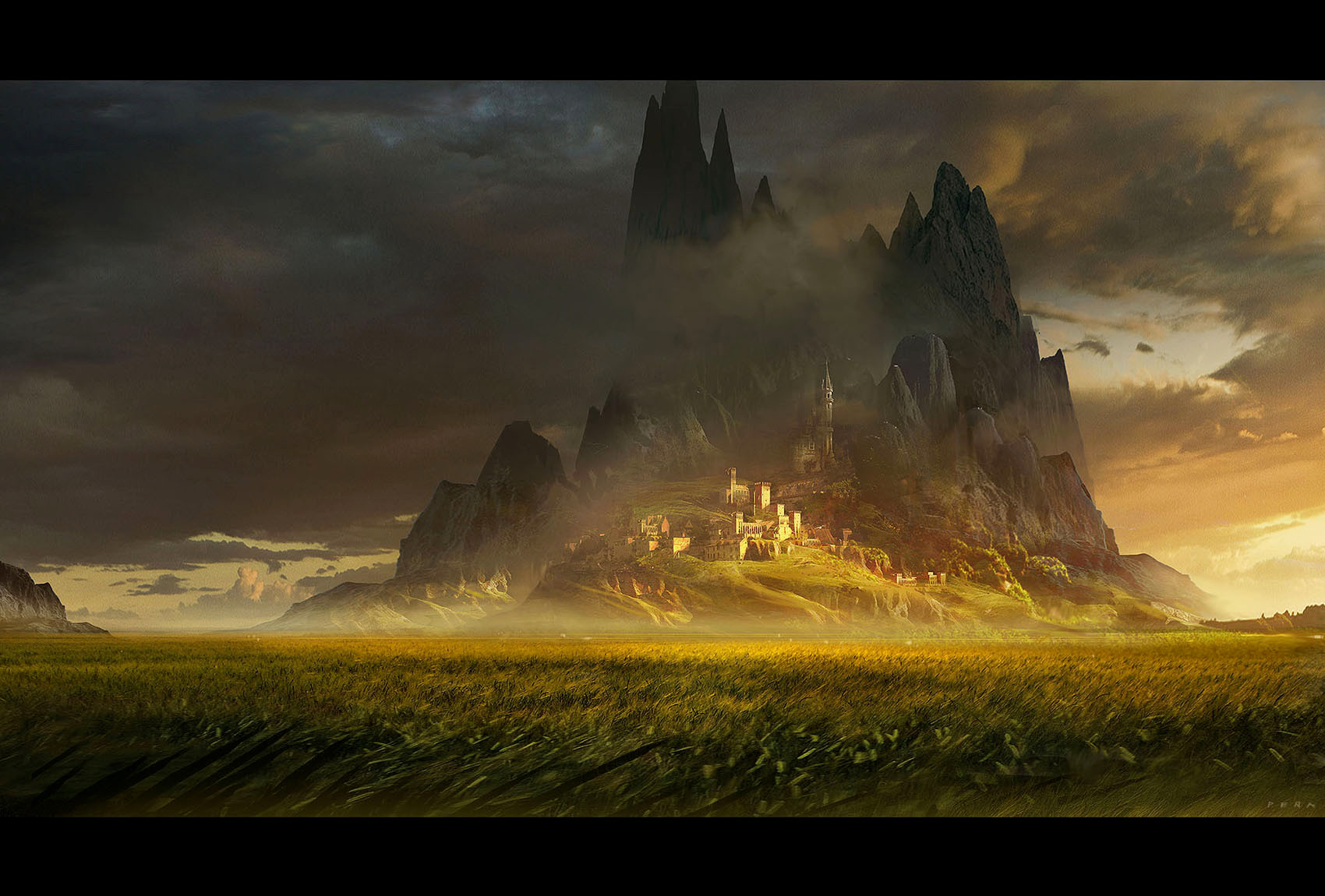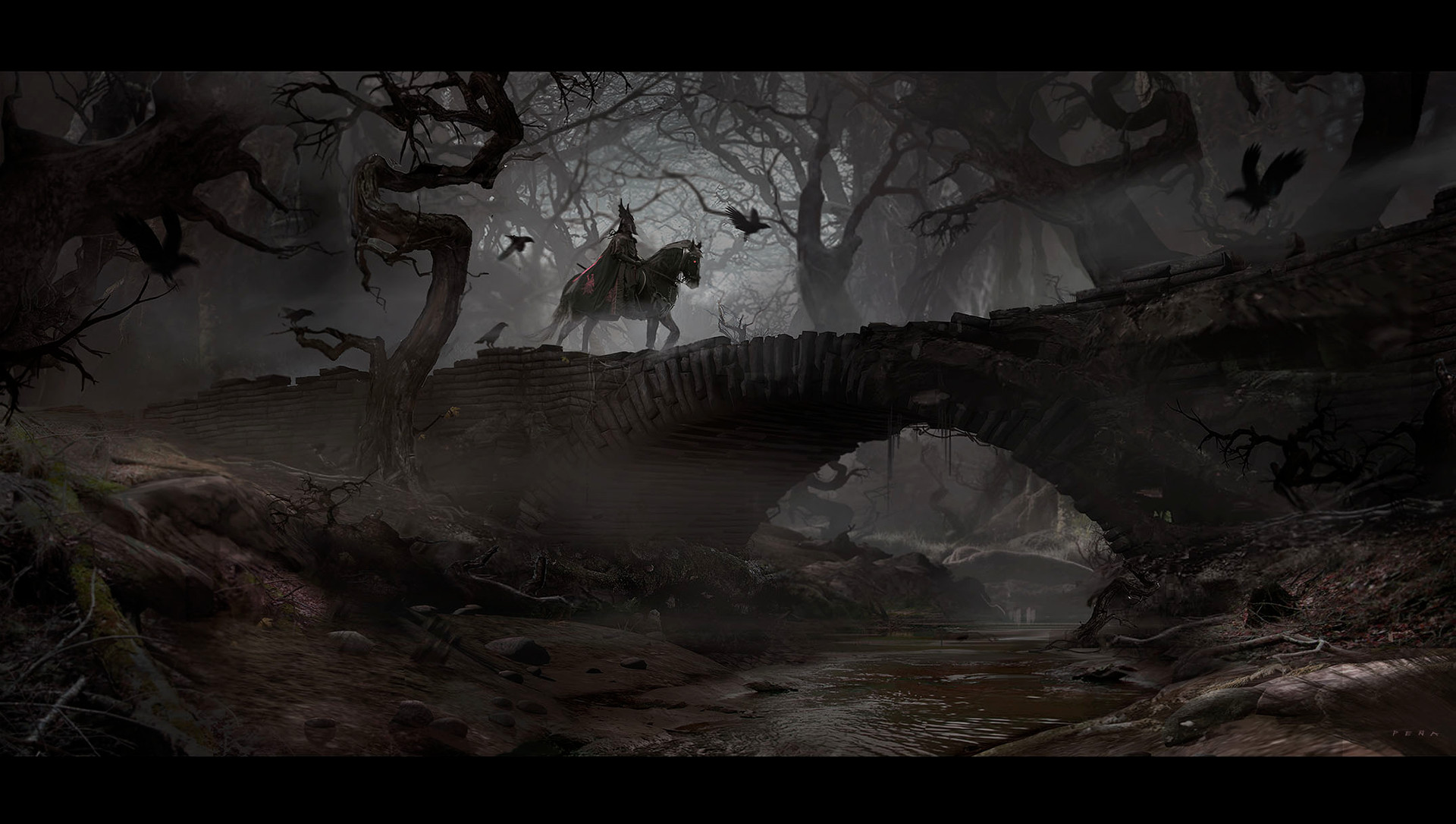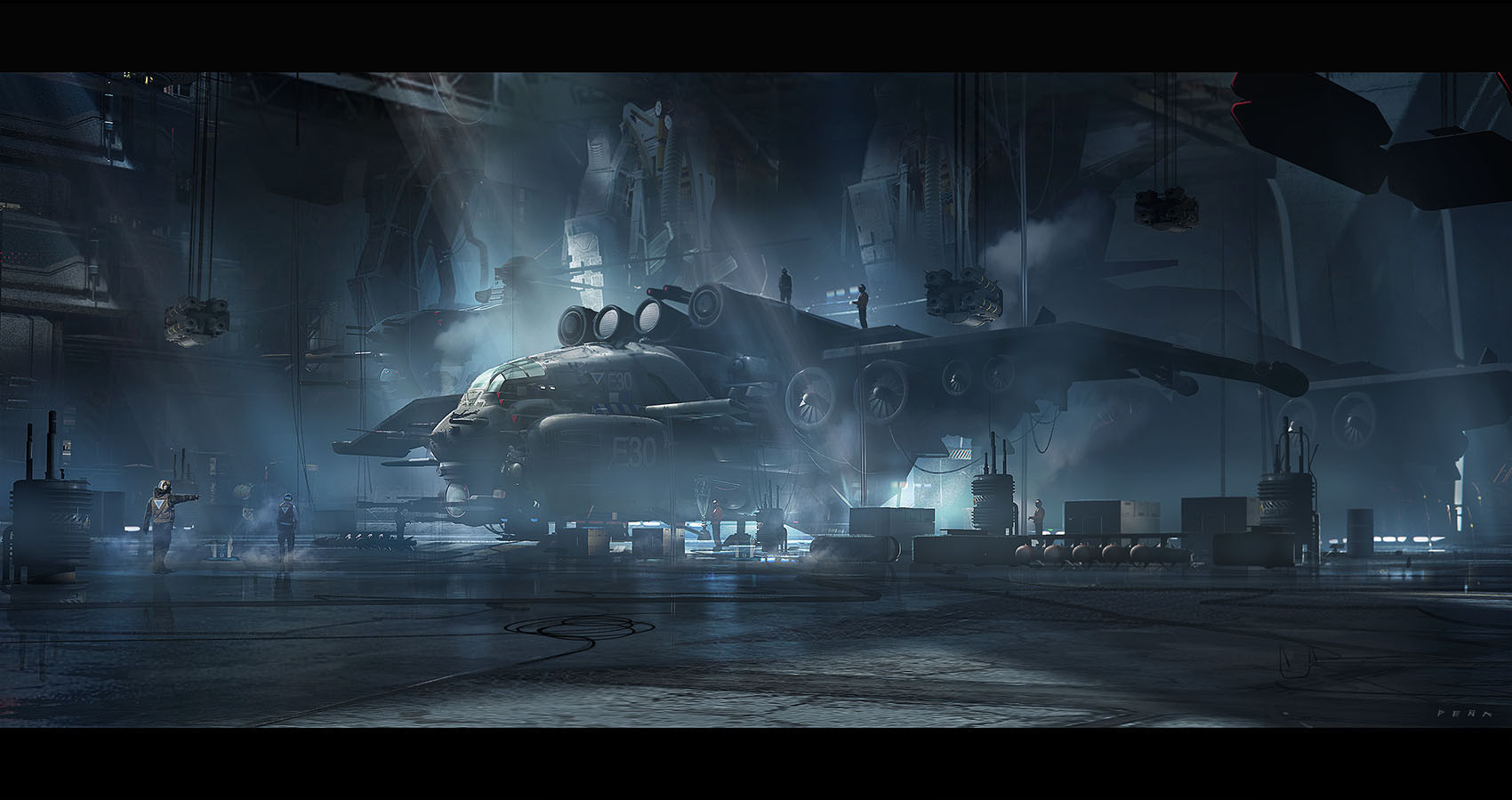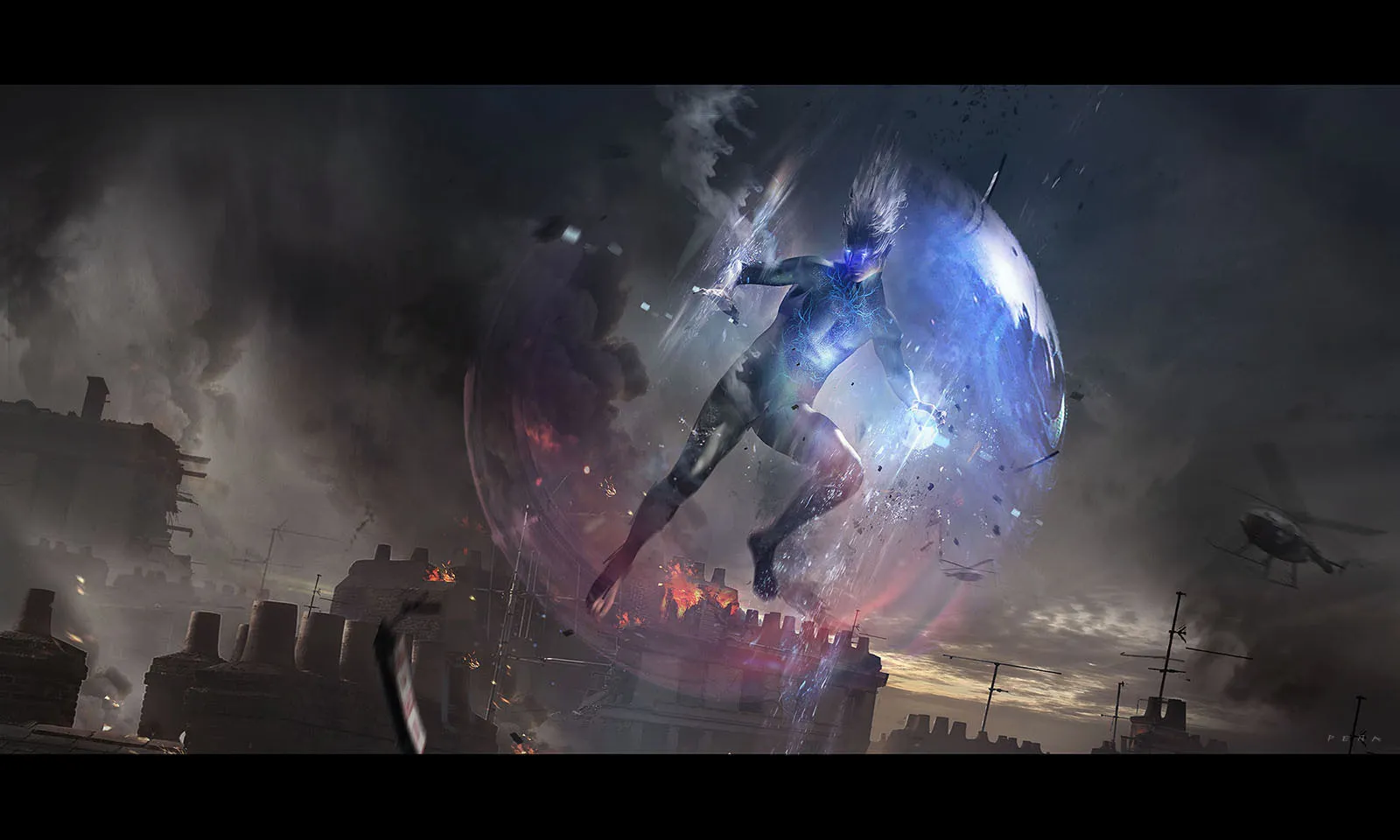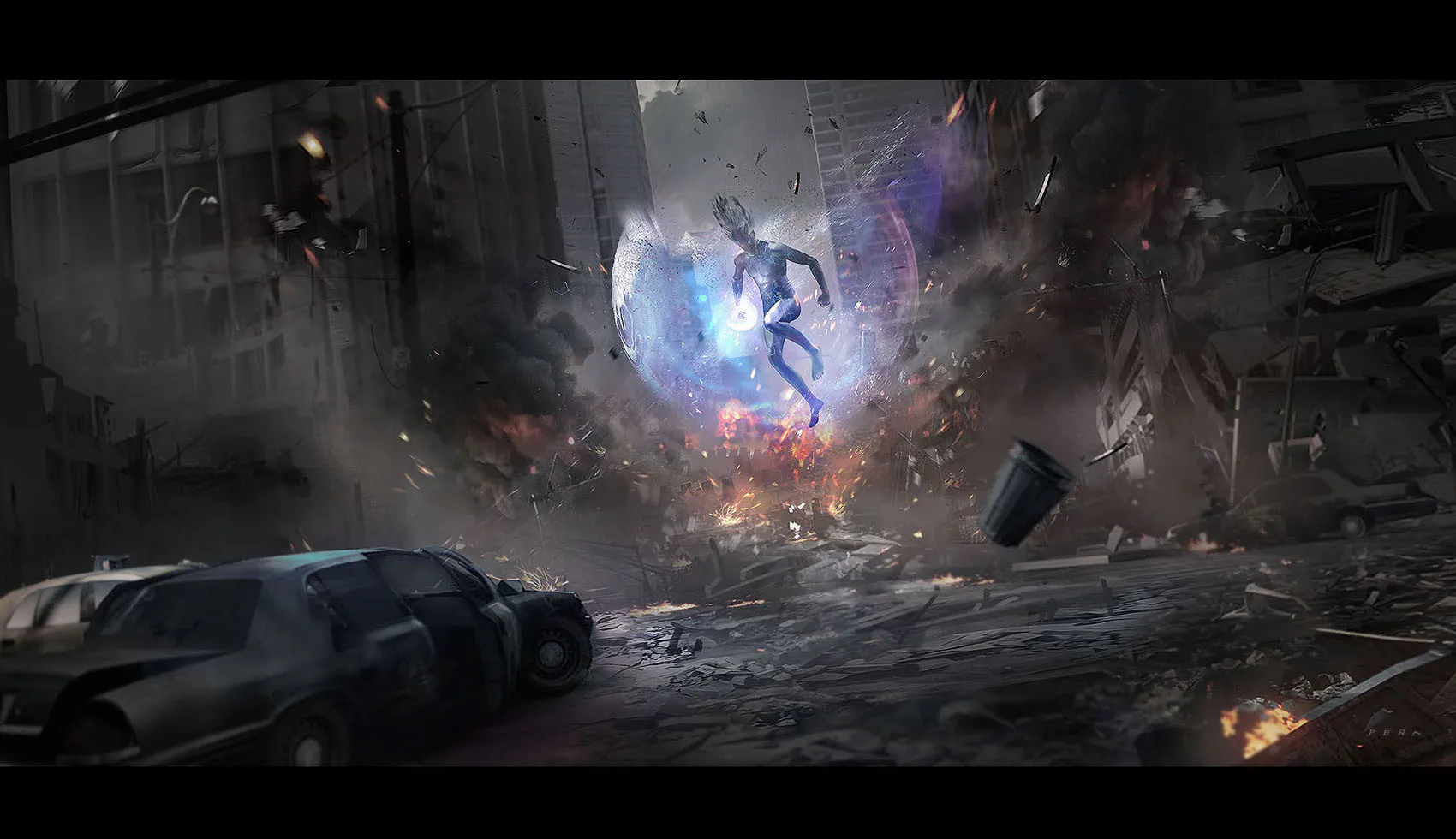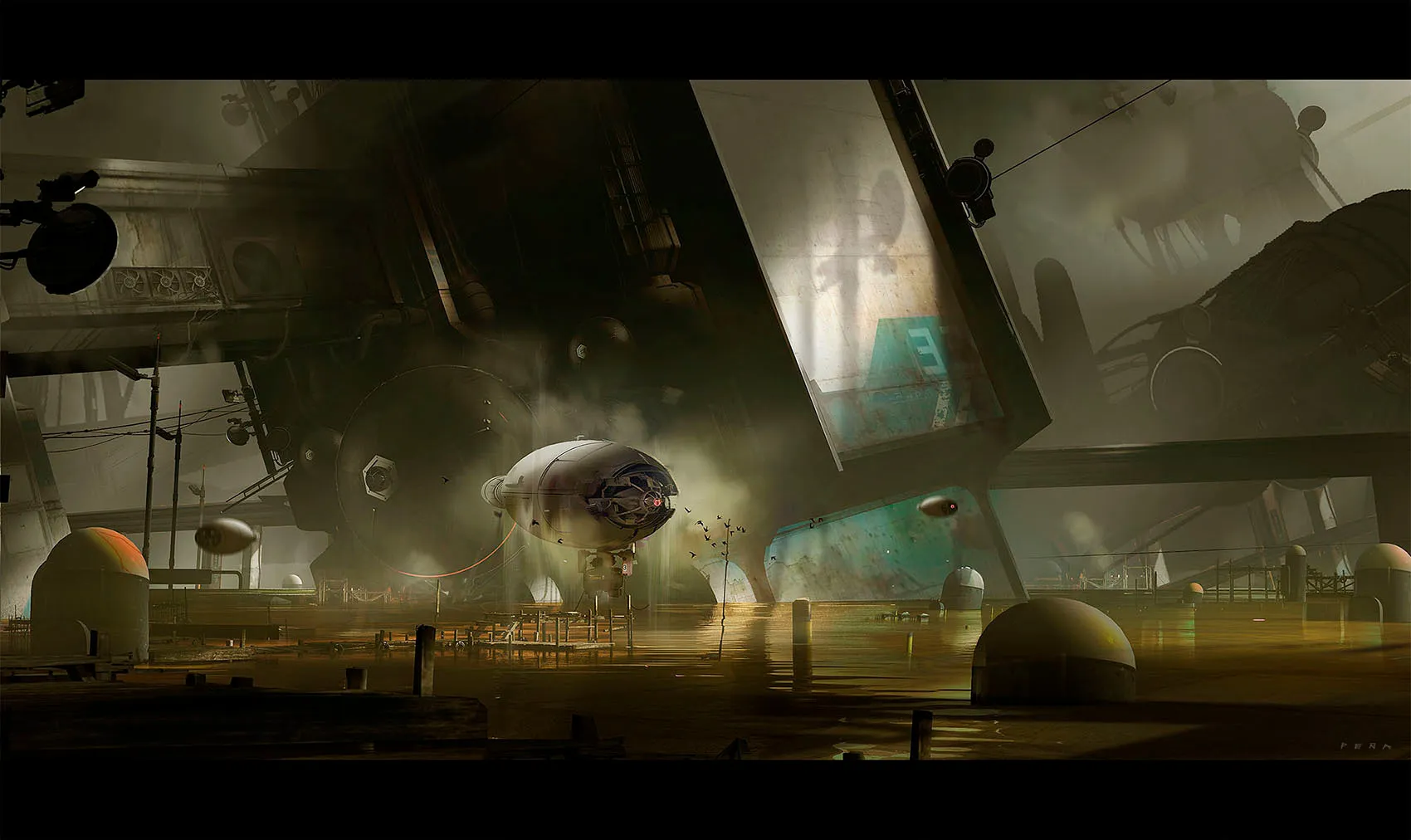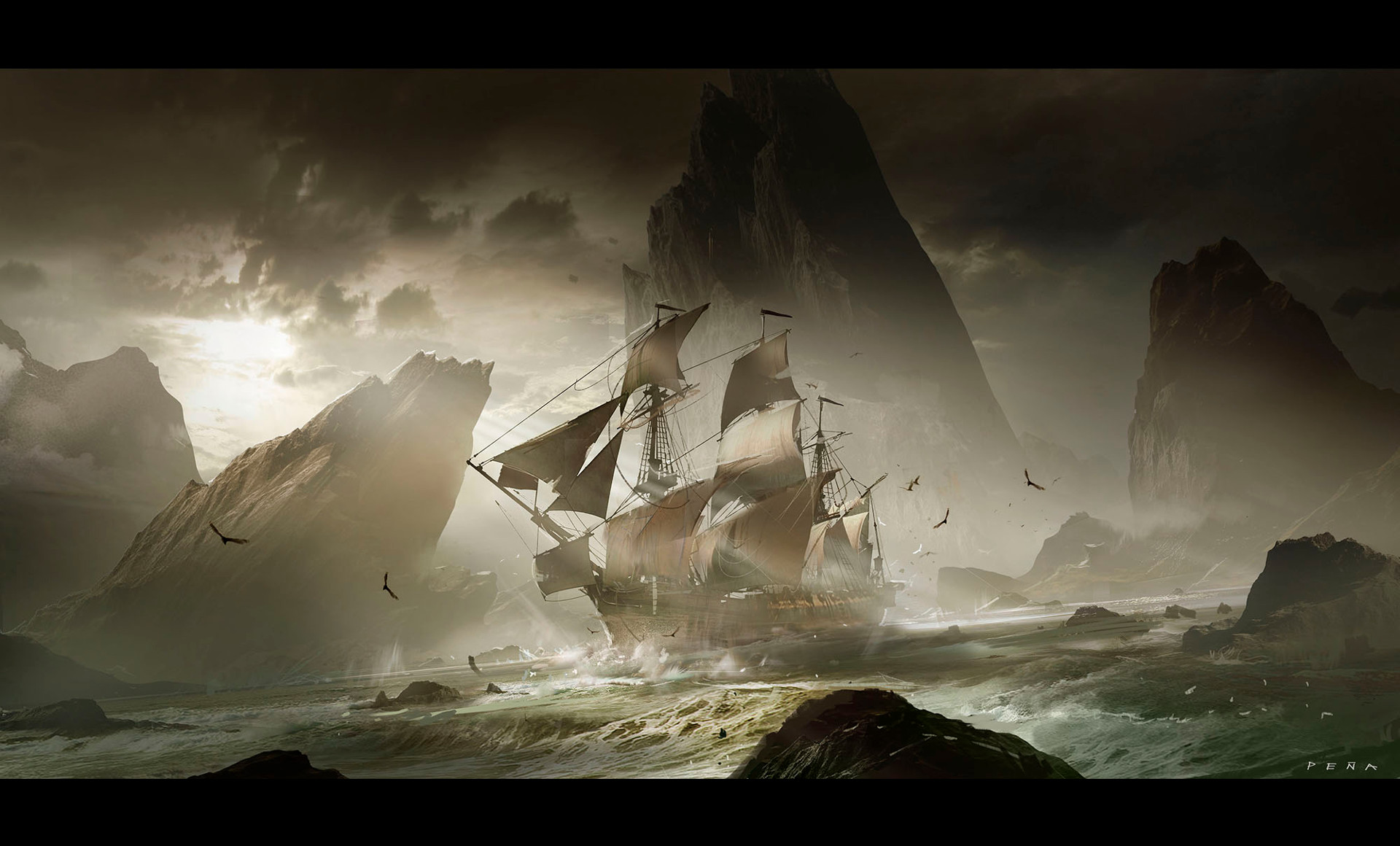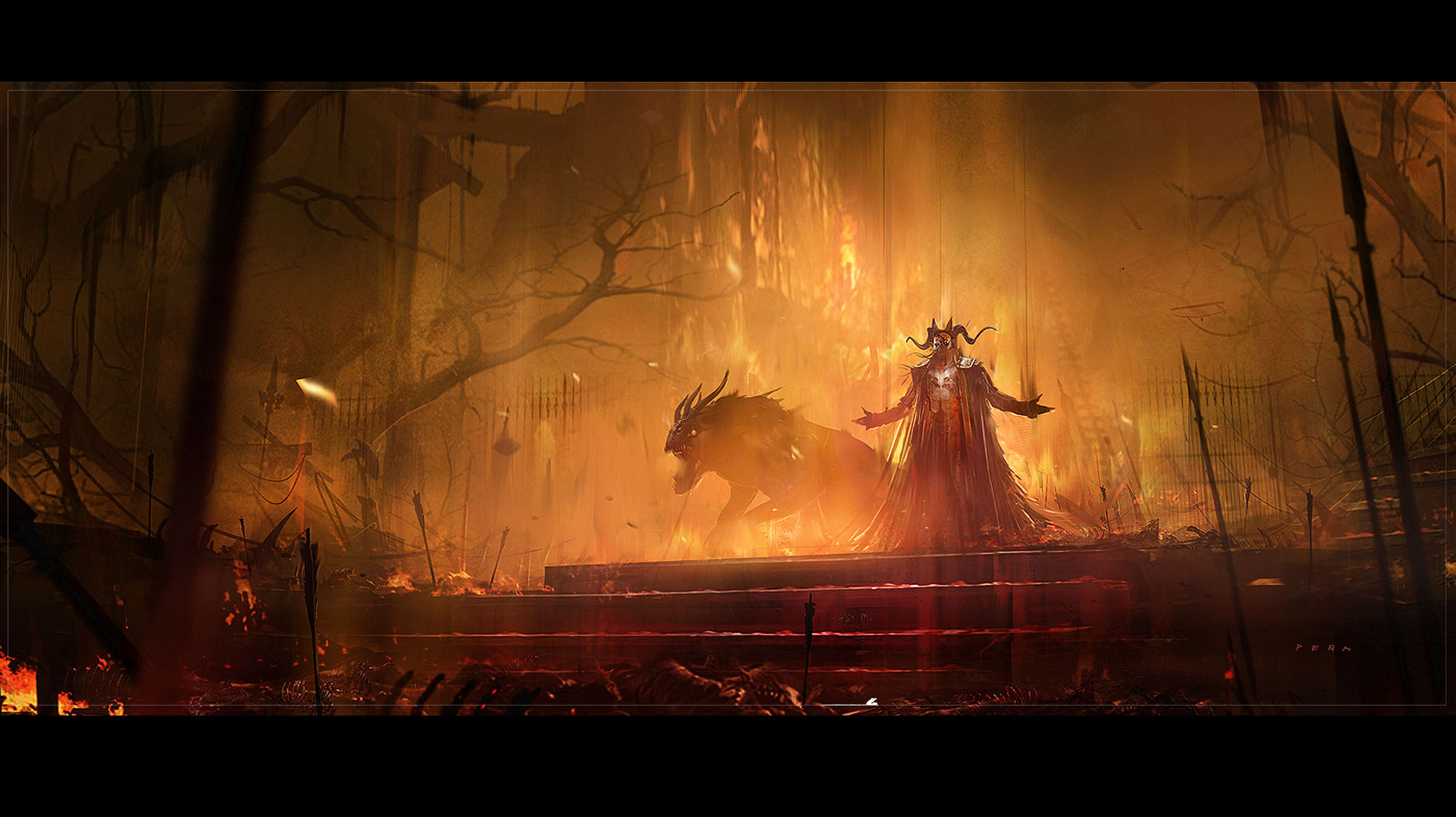Concept artist Eduardo Peña
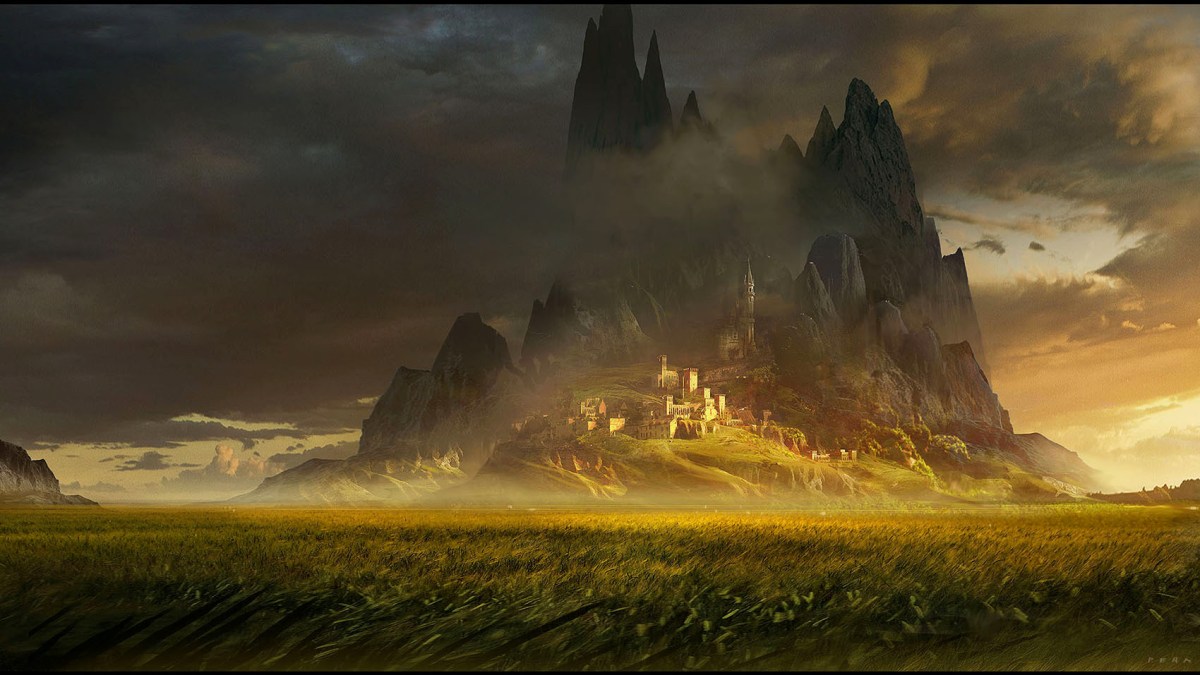
 Concept artist Eduardo Peña trained as a graphic designer in his native Colombia, going on to teach at Universidad de Los Andes, while working for game developers, animation studios and publishing houses including Immersion Games, Radical Publishing and Axis Animation. In 2011, he became a concept artist at first Weta Digital and then Weta Workshop, where he worked on movies including Transcendence, The Great Wall, Hercules and The Hobbit trilogy along with other side projects like Luc Besson’s Lucy.
Concept artist Eduardo Peña trained as a graphic designer in his native Colombia, going on to teach at Universidad de Los Andes, while working for game developers, animation studios and publishing houses including Immersion Games, Radical Publishing and Axis Animation. In 2011, he became a concept artist at first Weta Digital and then Weta Workshop, where he worked on movies including Transcendence, The Great Wall, Hercules and The Hobbit trilogy along with other side projects like Luc Besson’s Lucy.
Having moved to Singapore, he became senior art director at Feng Zhu’s FZD School of Design, then founded his own training and production studio, Chino Rino Visual Lab. Having recently closed the company for personal reasons, he currently acts as an independent “dreamer and builder”
Tell us about your journey
I’ve wanted to be a concept artist since I was a child. I didn’t know it was called concept art at the time, but I wanted to create worlds. In Colombia, there was a lack of expertise in entertainment work, so I studied graphic design – that was the closest I could get to what I wanted to do – then began working with independent film-makers and directors.
After that, I got hired by Weta Digital in New Zealand, where I worked alongside [Raiders of the Lost Ark matte painter] Michael Pangrazio. After that project ended, I jumped to Weta Workshop, working alongside [creative director] Richard Taylor. That was one of the most amazing experiences of my life: I got to work alongside Alan Lee and John Howe, my childhood heroes, and Richard is an amazing person, and I learned a lot from him. He was my mentor, my teacher, my friend.
After that, I moved to Singapore, where I worked with Feng Zhu to help build the curriculum for his school, then set up my own company, Chino Rino Visual Lab. Having closed the Lab for personal reasons, I now work as an independent creative, collaborating with film makers, schools and others. It gives me more flexibility and time to deliver in different fields, as well living my own life.
How do you want to impact the world?
I want to inspire and educate people. Not everyone here has the resources to afford an academy, a formal education, so I want to give them the resources to help them grow.
That’s why nowadays I’m collaborating with academic institutions like The One Academy in Malaysia, to keep sharing my experience and knowledge about this field of entertainment.
What are you passionate about?
My first influence was [the 1982 John Milius version of] Conan the Barbarian: a really iconic movie for me. The soundtrack is still in my head.
And then Frank Frazetta, Dave McKean, Richard Corben, Moebius – they all made me want to spend my life doing concept art, to commit my life to it. Since then, it’s been like my wife, my first love.
But as a human being as well as an artist and designer, I get inspired by experiences. Being from the West, Asia is still very exotic to my eyes, so everything here is still new to me. I try to use that experience to inspire me and give me alternative sources of elements in my work.
I don’t get inspired by concept art: I get inspired by life. And then I translate life into concept art. I create metaphors. The worlds I create in my paintings are like ways of living my real life.
What would be your #1 advice to other artists?
That you don’t need to follow what other people are doing. You have to find out who you are: to respect your background, your roots, everything attached to you. You have to find your own path.
For example, I didn’t study at the Art Center in Pasadena, but I wanted to be a concept artist so I just took the opportunities I got and made it through. Make your own way, enjoying the ride.
And you don’t need to rush. In this industry, the most important ally an artist can have is time. Time makes you stronger; time makes you understand your own mistakes. And making mistakes is the best thing an artist can do, because they give you experience.
I’ve made a lot of mistakes, and they all helped me to develop as an artist and as a professional. Sometimes I was in such a creative rush when I was working in movie pipelines. It was like a hell, and I hated it, but at the end of the day it gave me skills I didn’t know that I had.
Related Links
See more of Eduardo’s work in his ArtStation gallery
Visit Eduardo’s Facebook page
